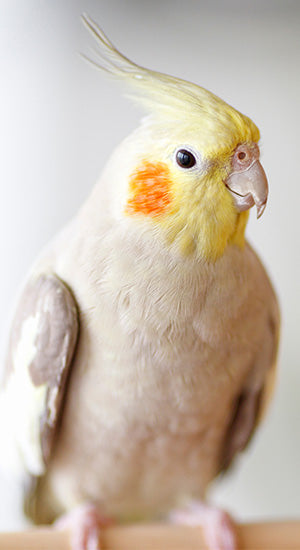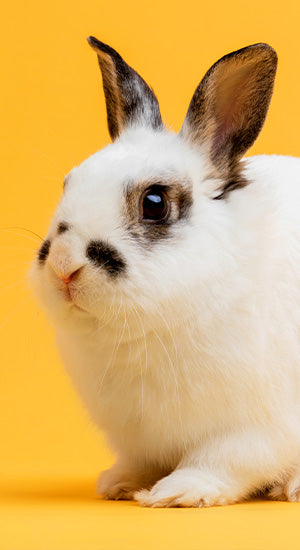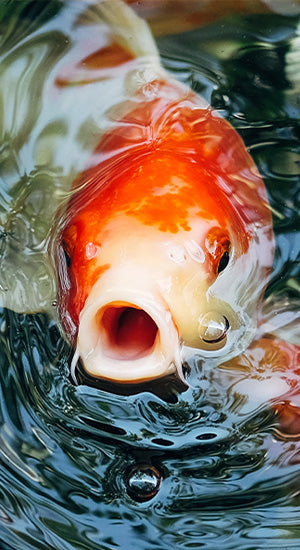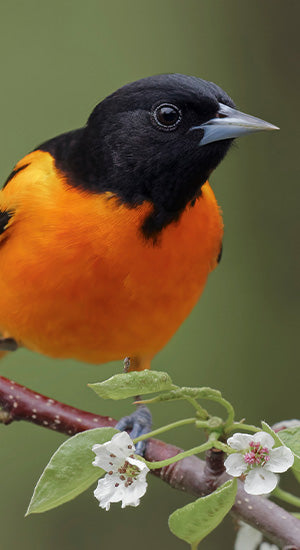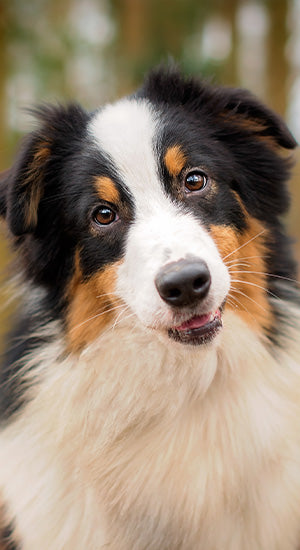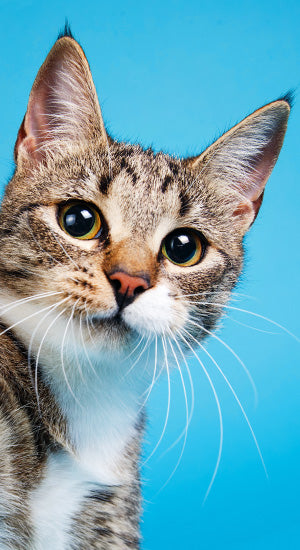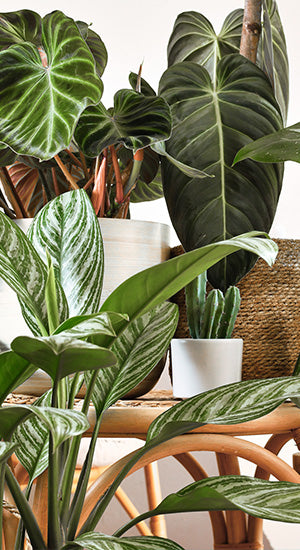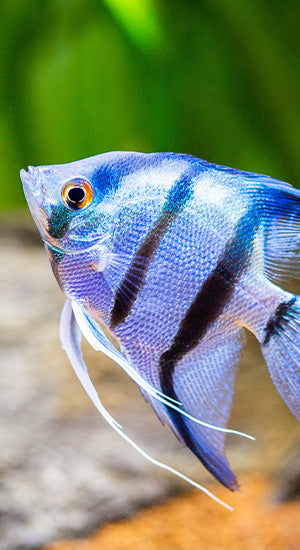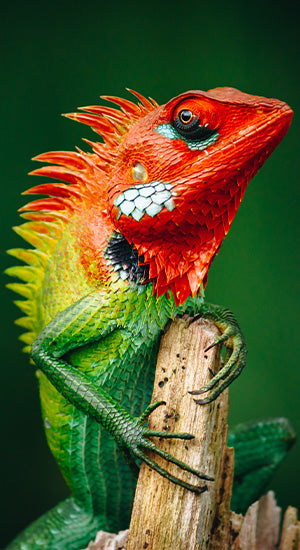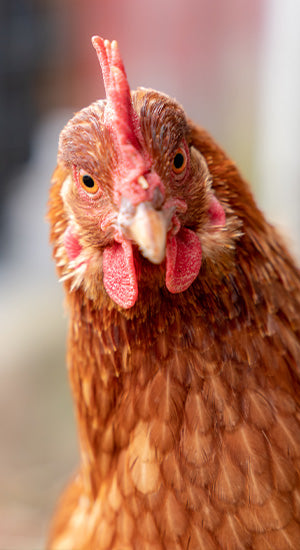Parrot Profile: Pacific Parrotlet
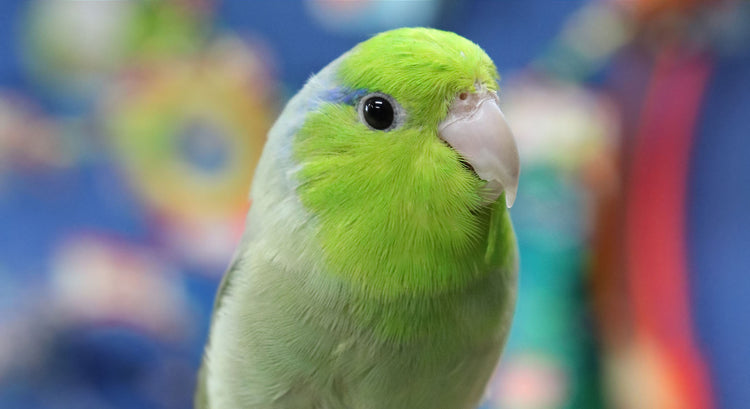
Pacific Parrotlets (Forpus coelestis) are very tiny parrots. In fact, with an average length of just 13cm (5.1 inches), they’re among the smallest parrot species in the world. Generally Parrotlets should not weigh less than 30g (1 oz), however after years of careless breeding it is not uncommon to see these birds weighing below 25g (0.9 oz). The nominate form is dusty green overall with a bright green mask. They have a pale pink beak and similarly coloured legs. Pacific Parrotlets may also have blue “eyeliner” and a blue rump. Often these features are more prominent in males, but they are common in females as well. This species is sexually dimorphic, males have a very noticeable blue in the wing feathers, where females will not have this colour here.
Personality
Pacific Parrotlets are overflowing with personality. They may be small, but they pack as much attitude and fun as some of the largest parrots. Quite frequently people will purchase a Parrotlet as a first bird, or as a pet for a child, but because they tend to be big birds at heart it is suggested to have some experience with parrots before owning a Parrotlet. They are known to be aggressive with other birds, especially with other Parrotlets. It is strongly advised that Parrotlets are housed individually, and any interactions with other birds are closely supervised. Parrotlets are generally very trainable and are eager to learn all the tricks you could want them to. They can make a good pet in a household with multiple people, but usually pick one or two people they lean toward.
Diet
These tiny birds have quite the appetite. The metabolism of a Pacific Parrotlet is quite high, and therefore the recommended diet may differ slightly from most parrots. One thing they have in common with other birds is a need for vitamins, amino acids, and minerals. These things are perhaps even more important for a bird that has such a crazy metabolism. To ensure that these needs are met, it is recommended that a good pellet makes up a portion of the diet. To compensate for the calories Parrotlets burn it is necessary to provide some amount of high quality seed, but seed is not the most nutritious food and so it is important that the amount of seed is controlled. Additionally, fresh vegetables, fruits, sprouts, and legumes should all be offered regularly. At Exotic Wings we recommend always offering pellets, such as Zupreem natural. This provides ample opportunity for the bird to consume the nutrients vital to life. Seeds should not make up more than 25% of what your Parrotlet eats on a given day, we like the mix and quality of Goldenfeast’s Australian Blend. Fresh foods should be offered as the first thing to eat in the morning and removed within 3 hours of putting them in the cage. This helps encourage the bird to eat them before filling up on seeds.
Housing
While Pacific Parrotlets are physically small, they require a decent amount of space to accommodate their high activity levels. About 3sqft of space is a good start, but 4sqft is more ideal. Having an appropriately sized cage is just a starting point, providing proper enrichment and plenty of foraging opportunities is a crucial part of keeping these birds happy in captivity.
Care
Pacific Parrotlets will benefit from at least 1-2 hours of socializing with their owners per day. As covered previously, a spacious, enriching environment is very important. Providing a varied diet is also important; pellets, seeds, and of course lots of fresh foods. Aside from having a high metabolism, Parrotlets don’t really have any oddities in their general care. They can, for the most part, be considered a fairly hardy species.
Habitat
Pacific Parrotlets are native to western Ecuador and northwestern Peru, there are also reports of them in Southwestern Colombia. They tend to prefer drier deciduous forests, scrublands, and deserts. Although they are becoming more common in humid areas as a result of habitat loss and deforestation.
Breeding & Genetics
Parrotlets are tricky to rank on the “easy-hard” scale when it comes to breeding. Once paired and comfortable, Pacific Parrotlets breed readily in captivity. But that’s what makes them tricky to rank; pairing. It is more common than it is rare that a Parrotlet will kill their mate if put into the same cage. Most people opt for two cages next to each other until the birds are sitting as close to each other as possible, then into a neutral territory cage. This method is fairly reliable, however there are still some occurrences where the male or female will turn on their partner. When possible, Parrotlets should be paired in large flight cages where they have plenty of room to get away from each other. A minimum of 6’ x 6’ is recommended for pairing, they can then be moved to a breeding cage. Once paired, these birds breed readily year round and do not have a set breeding season. In fact, it is important that the breeder pays close to attention to the pair to ensure they are not overbreeding. Usually after 3 or 4 clutches the nest box should be removed to provide the pair with a resting period of at least 4 months. During this time it is important to feed very nutritious foods, especially those rich in vitamins A, E, and D. This will help the hen to rejuvenate her body and prepare for more clutches in the near future. Parrotlets are not very picky about box size, in the wild they are known to use the old nests of other birds usually larger than they are. In captivity the best results are often with a standard lovebird box, however Parrotlets have been successful with an array of other box types. As a rule, red-eye Parrotlets should never be crossed. This includes “ino” x “ino”, fallow x fallow, and fallow x “ino”. It is also strongly suggested that two blue series are not paired unless it is known that they have a good number of green series birds, preferably wildtype, in their lineage and the birds being paired are at least 30g with a healthy keel score. Because Parrotlets have been carelessly bred for many years, it is recommended that nearly all mutation birds are crossed back to a large wild green every one to two generations. Doing so helps to increase the health, lifespan, and size of the offspring.
Mutations / Inheritance:
Wildtype (green) → dominant
Dark factor → incomplete dominant (SF / DF)
Pied → incomplete dominant (SF / DF)
Misty → incomplete dominant (SF / DF)
Blue → recessive
American → recessive
Grey → recessive
Marble → recessive
“ino” → recessive
Fallow → recessive
Pastel → recessive
Turquoise* → codominant with blue, cancelled with green (birds cannot be split turquoise)
Cinnamon → Z-linked recessive
*turquoise is codominant with blue, birds which express this phenotype are properly called “blue turquoiseblue” or just “turquoiseblue”. A true turquoise bird has and expresses two turquoise genes and no blue genes. True turquoise is very rare, especially here in Canada. The majority of birds being bred as turquoise are actually turquoiseblue. The only way to truly know that you have a true turquoise is test breeding, or breeding two confirmed true turquoise together (not advised). There are visual queues but without birds to compare with these can be difficult to confirm. True turquoise is quite a valuable bird in comparison with turquoiseblue. A fairly simple test cross is to breed the possible turquoise to a plain green bird split blue. For most accurate results it is recommended to breed a few clutches before making assumptions. If the bird is a true turquoise only green and turquoiseblue offspring can occur. If the bird is turquoise blue then green, blue, and turquoiseblue can occur.

